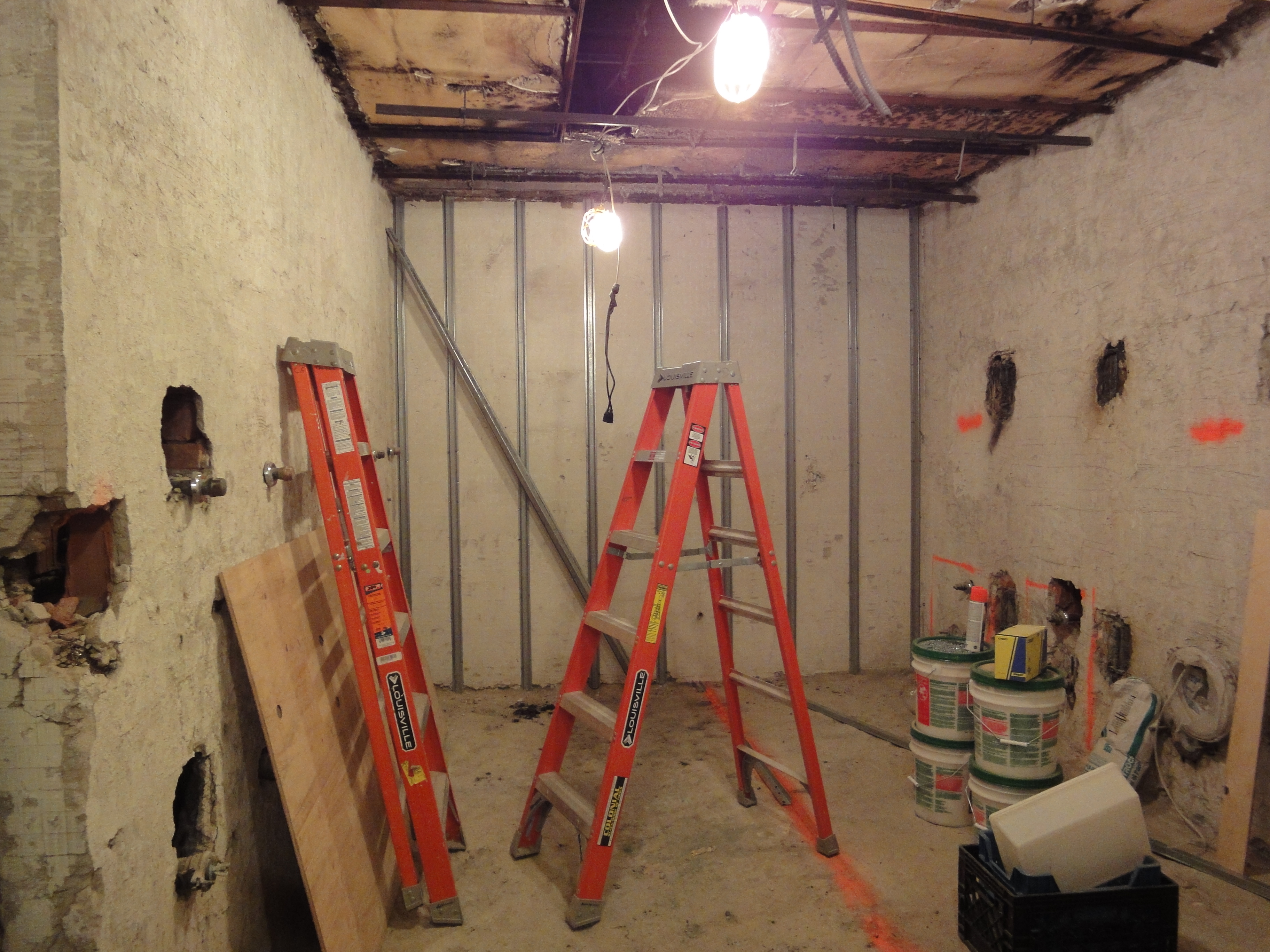
There are many challenges inherent in NYC construction management. The greatest city in the world has developed an unbelievable web of bureaucracy and regulation. Logistical obstacles abound, from sourcing specialty materials to ensuring materials loss prevention. There is continually increasing pressure to build green, sustainable buildings. It can be difficult to get builds completed on time. It’s even tougher to bring them in on budget.
The Role of Value Engineering
If you’re a property owner, building manager, or project manager, you know the pressure to bring projects in on budget. One of the best ways to keep a build on budget and maximize project profitability is to make significant and strategic use of your NYC construction management company’s expertise, resources, and connections. This is known as Value Engineering.
Every construction project begins with a vision. Before that vision can be realized, it goes to a team of architects and designers. They develop a set of plans and specifications. Value Engineering is the art and science of implementing those plans in the most cost-effective, efficient way possible.
How Does Value Engineering Work
To be among the top construction companies in NYC, you have to develop an extensive network of resources and connections. These connections include highly qualified subcontractors, materials suppliers, procurement specialists, and more. Additionally, you must have significant expertise in building code regulation compliance.
This combination of resources, connections, and expertise comes into play the moment your project manager begins reviewing the architect and design team’s plans. At this point, the value engineering process involves pinpointing any potential problematic areas in the plan, from sourcing desired building materials to local codes and regulations that are in conflict with the existing plans. An emphasis is placed on discovering what can be done to effect maximum cost-containment. This can involve making optimum use of existing sourcing relationships, navigating logistics to minimize contractor downtime, and proactive site oversight to avoid costly, needless code violations.
Value Engineering During the Build
The focus on cost containment does not override the commitment to deliver a top quality successful space. A good manager of the top construction companies in NYC maintains a two-week look-ahead period during the active build in order to identify problems before they occur and ensure rapid, real time responsiveness to challenges as they arise. Bringing projects to completion on time and budget means having the ability and resources to make smart, strategic sourcing choices. When a desired specialty finish material or lighting fixture isn’t available within the appropriate time frame, the firm that practices value engineering will have access to appropriate, cost effective substitutions.
When Value Engineering Works Best
Value Engineering works best when it is a strategy wholly embraced by client and contractor alike. Understanding what defines a “successful space” in the client’s eyes – and delivering absolutely nothing less than that — is paramount. Value Engineering realizes a designer’s vision while practicing aggressive cost containment. Under this formula, the end space is one that is delivered on time, on budget, and in accordance with the client’s vision.
